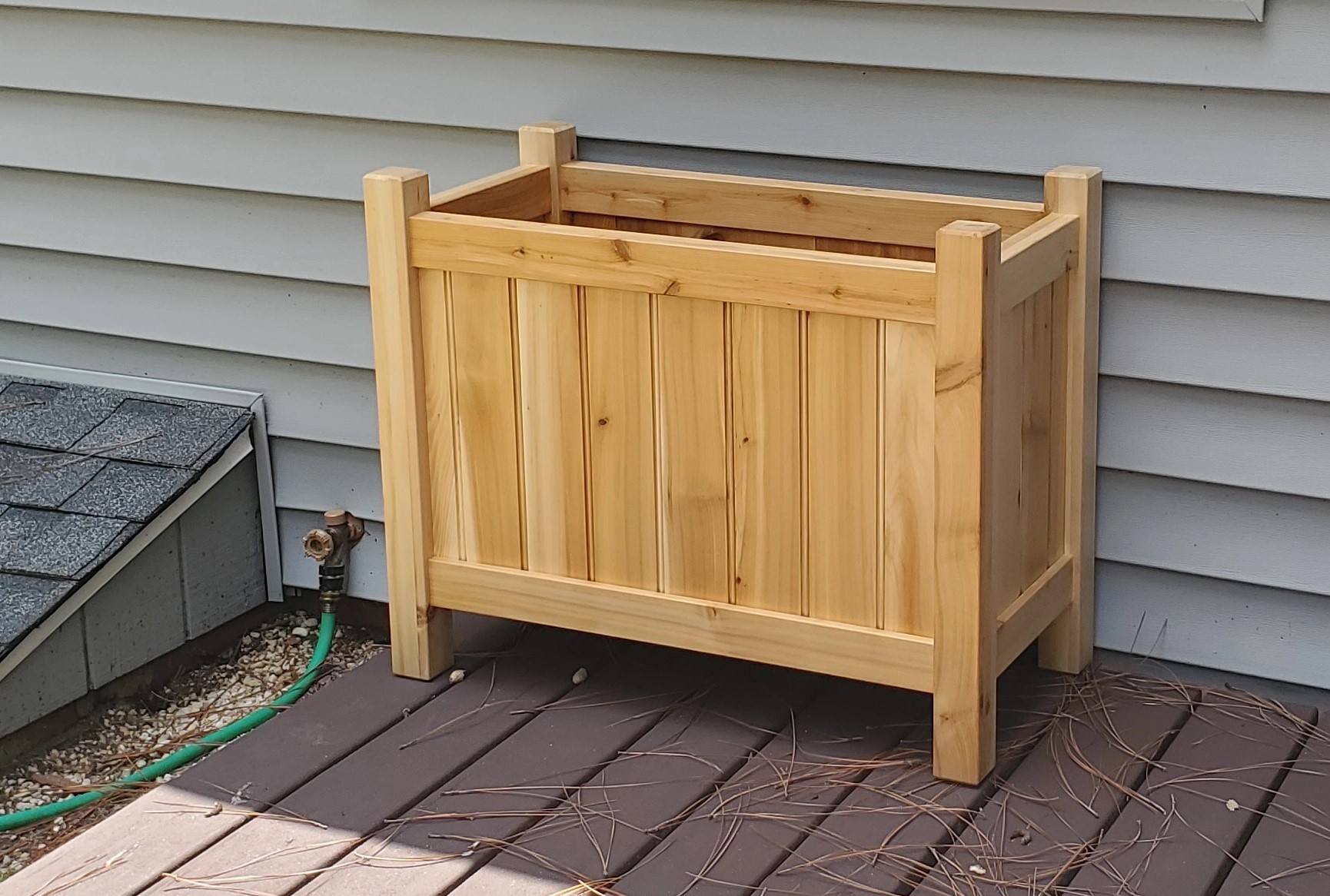I’ve found my finishing problem: I’m building things out of pine.
Traditional stain, gel stain, urethane, tung oil, danish oil…on oak, cherry or maple many of these look fine. No matter what I put on pine, it comes out looking like a septic prolapse.


Keep experimenting and refining.
Pine can be stained and finished. Oak, cherry, and maple can sometimes look like crap. It’s a matter of preparing the wood properly. Try making sample boards. Sand consistently, don’t skip grits, don’t apply much pressure to the sander (let it do the work,) experiment with a pre-stain conditioner. It can help minimize splotching and some tooling marks.
Traditional (penetrating) stain needs to be applied evenly and benefits greatly from pre-stain conditioner.
Gel stains (sometimes called wiping stains, but that term gets misused) are wipe on, wipe off excess about five minutes later if you weren’t already doing that. They are made to sink in a certain amount and stop.
Urethanes don’t typically do well with back brushing, especially fast dry varieties. Spread urethanes thick and consistently and try not to go back over it. Lightly sand at 220 or 320 between coats and remove swarf with tack cloth or lint free cloth lightly dampened with alcohol.
Tung oils are rubbed in. Danish oils are applied thinly. These are relatively similar. Lightly sand between coats like above.
The book “Understanding Wood Finishing” by Bob Flexner is an astoundingly comprehensive book on the subject.
Don’t give up on pine just yet. Hemlock, heart pine, many others can all be quite beautiful in the right setting and application. For rough stuff, try the pre-stain conditioner